Instruction
Adjust your setup and swing for better bunker shots

The easiest shot in golf should be a greenside bunker shot. I say that because golfers can be much less exacting from the sand than other lies. A bunker shot can be hit anywhere from 0.5 inches to 1.5 inches behind the ball and the shot can still work. Imagine if golfers had that margin of error from the fairway!
Even so, bunker shots aren’t that easy for most golfers, because the vast majority still dread being in the sand. Professionals, however, prefer the sand to shots from the tall grass around the green because the outcome is usually much more predictable.
Do you want to look forward to bunker shots like the pros? First, we should discuss the golf club. The sand wedge was first conceived by the great Gene Sarazen some 80 years ago. It is unique in that it has a “flange” on the bottom where the trailing edge is lower than the leading edge. That part of the golf club is called the “bounce angle,” which is the angle from the trailing edge to the leading edge of the club.
Place a sand wedge on a table in front of you at eye level (as I did above) and you will see the angle I’m describing. Depending on your make and model of wedge, that angle can vary considerably. The width of the flange is another consideration. For example, if you have a wedge with 12 degrees of bounce with a 0.5-inch inch sole, its leading edge will rest considerably closer to the ground than a wedge of the same bounce with a 1-inch sole.
Keep this guide in mind when choosing your tool for the sand:
- Do you play courses with fluffy, loose sand? You need more bounce, perhaps 14 degrees or so.
- Do you play course with firmer, tightly packed sand? You might need less bounce, perhaps about 8 degrees or so.
Remember the leading edge can be the enemy of bunker play, and bounce is your friend. There are a lot of great resources on the web to help you learn more about wedge design and find the right sand wedge, such as Vokey.com’s Wedge Glossary and Tour Grinds Comparisons, and I recommend that you learn more about wedges before you purchase a new one. As for loft, I recommend at least 55 degrees. But this article is about bunker play, so let’s move on.
The Setup
Posture: Think about this for a minute. If a golfer is trying to hit a ball resting in the grass with ball first contact, and then tries to hit another shot from the sand an inch behind the ball, can the setup be the same? The answer is absolutely not.
To impact the ground an inch or so behind the ball, a golfers has to lower his or her swing center. How is it done? First, take your normal stance. Now widen your stance considerably to create a stance width that is well outside your shoulders. What’s different? Well, the added stance width moved you closer to the ground, so if you’re trying to hit the sand and not the ball first, you just took a big step in the right direction.
Need to lower your swing center even more? Stick your butt out, which also gets you lower. But there’s an exception to all of this. Those of you taking huge divots on the grass likely don’t need to lower your swing center in a bunker. It seems that you’re already going to find plenty of sand.
Ball position: Here’s an easy way to understand the proper ball position in a bunker: Is the greenside bunker shot a high shot or a low one? It’s a high one, of course. Anytime golfers want to hit a high shot, they move the golf ball forward in their stance and a bunker shot is no exception.
Here’s a note of caution, however, for golfers who have an out-to-in swing path. They shouldn’t move the ball forward in their stance. That can make you more out to it and make it harder to find sand behind the ball, the main cause of bunker shots that fly 10, 20 or more yards over the green.
Grip: A bunker shot is one of the few times that it may help golfers to actually weaken their grip. That’s because loft is a golfers best friend when they’re in the bunker, and many good players weaken their grip for this shot to keep the club face open through impact. Not everyone should weaken their grip, and it’s a particularly bad idea for slicers; but if you’re are having trouble hitting your bunker shots high enough give it a try. Otherwise, your normal grip is fine.
Alignment: Bunker shot alignment is a very personal thing and varies from golfer to golfer, even with good bunker players. Often, golfers read about opening their club face and aiming left when they’re in a bunker. But I am suggesting that if you have a problem with slicing the ball (from an out-to-in swing path) that you should not open your club face or stance very much.
It’s true that opening the club face usually adds bounce to a club, giving it a better chance to work through the sand, but if you’re a slicer you already have an open face relative to your path at impact. And since you already have an out-to-in path, why would you want to set up more open? That will cause you to swing even more out to in.
The Swing
Let’s consider two scenarios: Golfers who hook the ball in their full swing, and those who slice the ball.
Generally, golfers who hook the ball tend to have shallow attack angles. To become better bunker players, they might consider:
- Taking a wider stance.
- Sticking their rear end out more.
- Putting most of their weight on their lead side.
- Opening their club face and their stance.
- Picking the club up abruptly in the backswing, creating a very early wrist set.
- Feeling as though they have “high hands” in their backswing
- Following through more, which helps get even more of their weight on their left side.
Generally golfers who slice the ball tend to have steep attack angles. To become better bunker players, they might consider:
- Setting up square to their target.
- Having a slightly open to square club face at address.
- Centering their weight at address.
- Standing a little more upright at address.
- Feeling a slight shoulder turn in their backswing.
- Feeling that their downswing is coming more from the inside.
- Releasing the club earlier.
Again, slicers tend come into the ball from the outside and fairly steeply. Those who hook the ball tend to come from the inside, and have an angle of attack that is more shallow. Think about that in terms of what I’ve written above and you’ll start to see why there is a difference.
Teaching bunker play without seeing an individual’s swing is nearly impossible. Too often teachers see great players giving bunker lessons telling people what they do to hit good bunker shots. That’s well and good, but a 20-handicap likely doesn’t have the skills of that good player and is just trying to extract the ball from the cat box!
—
If you have are having trouble in the bunker, I’m here to help. Post a video of your bunker swing to my Facebook page and I’ll do my best to give you my feedback. You can even post a video of your full swing, because I can tell a lot about your bunker game by how you hit full shots. Give my page a like while you’re there, too.
- LIKE29
- LEGIT4
- WOW0
- LOL1
- IDHT1
- FLOP1
- OB1
- SHANK4
Instruction
Clement: Laid-off or perfect fade? Across-the-line or perfect draw?

Some call the image on the left laid off, but if you are hitting a fade, this could be a perfect backswing for it! Same for across the line for a draw! Stop racking your brain with perceived mistakes and simply match backswing to shot shape!
- LIKE0
- LEGIT0
- WOW0
- LOL0
- IDHT0
- FLOP0
- OB0
- SHANK1
Instruction
The Wedge Guy: The easiest-to-learn golf basic

My golf learning began with this simple fact – if you don’t have a fundamentally sound hold on the golf club, it is practically impossible for your body to execute a fundamentally sound golf swing. I’m still a big believer that the golf swing is much easier to execute if you begin with the proper hold on the club.
As you might imagine, I come into contact with hundreds of golfers of all skill levels. And it is very rare to see a good player with a bad hold on the golf club. There are some exceptions, for sure, but they are very few and very far between, and they typically have beat so many balls with their poor grip that they’ve found a way to work around it.
The reality of biophysics is that the body moves only in certain ways – and the particulars of the way you hold the golf club can totally prevent a sound swing motion that allows the club to release properly through the impact zone. The wonderful thing is that anyone can learn how to put a fundamentally sound hold on the golf club, and you can practice it anywhere your hands are not otherwise engaged, like watching TV or just sitting and relaxing.
Whether you prefer an overlap, interlock or full-finger (not baseball!) grip on the club, the same fundamentals apply. Here are the major grip faults I see most often, in the order of the frequency:
Mis-aligned hands
By this I mean that the palms of the two hands are not parallel to each other. Too many golfers have a weak left hand and strong right, or vice versa. The easiest way to learn how to hold the club with your palms aligned properly is to grip a plain wooden ruler or yardstick. It forces the hands to align properly and shows you how that feels. If you grip and re-grip a yardstick several times, then grip a club, you’ll see that the learning curve is almost immediate.
The position of the grip in the upper/left hand
I also observe many golfers who have the butt of the grip too far into the heel pad of the upper hand (the left hand for right-handed players). It’s amazing how much easier it is to release the club through the ball if even 1/4-1/2″ of the butt is beyond the left heel pad. Try this yourself to see what I mean. Swing the club freely with just your left hand and notice the difference in its release from when you hold it at the end of the grip, versus gripping down even a half inch.
To help you really understand how this works, go to the range and hit shots with your five-iron gripped down a full inch to make the club the same length as your seven-iron. You will probably see an amazing shot shape difference, and likely not see as much distance loss as you would expect.
Too much lower (right) hand on the club
It seems like almost all golfers of 8-10 handicap or higher have the club too far into the palm of the lower hand, because that feels “good” if you are trying to control the path of the clubhead to the ball. But the golf swing is not an effort to hit at the ball – it is a swing of the club. The proper hold on the club has the grip underneath the pad at the base of the fingers. This will likely feel “weak” to you — like you cannot control the club like that. EXACTLY. You should not be trying to control the club with your lower/master hand.
Gripping too tightly
Nearly all golfers hold the club too tightly, which tenses up the forearms and prevents a proper release of the club through impact. In order for the club to move back and through properly, you must feel that the club is controlled by the last three fingers of the upper hand, and the middle two fingers of the lower hand. If you engage your thumbs and forefingers in “holding” the club, the result will almost always be a grip that is too tight. Try this for yourself. Hold the club in your upper hand only, and squeeze firmly with just the last three fingers, with the forefinger and thumb off the club entirely. You have good control, but your forearms are not tense. Then begin to squeeze down with your thumb and forefinger and observe the tensing of the entire forearm. This is the way we are made, so the key to preventing tenseness in the arms is to hold the club very lightly with the “pinchers” — the thumbs and forefingers.
So, those are what I believe are the four fundamentals of a good grip. Anyone can learn them in their home or office very quickly. There is no easier way to improve your ball striking consistency and add distance than giving more attention to the way you hold the golf club.
More from the Wedge Guy
- The Wedge Guy: Golf mastery begins with your wedge game
- The Wedge Guy: Why golf is 20 times harder than brain surgery
- The Wedge Guy: Musings on the golf ball rollback
- LIKE87
- LEGIT13
- WOW6
- LOL1
- IDHT0
- FLOP4
- OB1
- SHANK8
Instruction
Clement: Stop ripping off your swing with this drill!

Not the dreaded headcover under the armpit drill! As if your body is defective and can’t function by itself! Have you seen how incredible the human machine is with all the incredible feats of agility all kinds of athletes are accomplishing? You think your body is so defective (the good Lord is laughing his head off at you) that it needs a headcover tucked under the armpit so you can swing like T-Rex?
- LIKE0
- LEGIT2
- WOW2
- LOL0
- IDHT0
- FLOP0
- OB0
- SHANK2
-

 19th Hole2 weeks ago
19th Hole2 weeks agoDave Portnoy places monstrous outright bet for the 2024 Masters
-

 19th Hole4 days ago
19th Hole4 days agoJustin Thomas on the equipment choice of Scottie Scheffler that he thinks is ‘weird’
-

 19th Hole2 weeks ago
19th Hole2 weeks agoTiger Woods arrives at 2024 Masters equipped with a putter that may surprise you
-

 19th Hole4 days ago
19th Hole4 days ago‘Absolutely crazy’ – Major champ lays into Patrick Cantlay over his decision on final hole of RBC Heritage
-

 19th Hole2 weeks ago
19th Hole2 weeks agoTwo star names reportedly blanked Jon Rahm all week at the Masters
-

 19th Hole1 week ago
19th Hole1 week agoReport: LIV Golf identifies latest star name they hope to sign to breakaway tour
-

 19th Hole2 weeks ago
19th Hole2 weeks agoNeal Shipley presser ends in awkward fashion after reporter claims Tiger handed him note on 8th fairway
-

 19th Hole1 week ago
19th Hole1 week agoBrandel Chamblee has ‘no doubt’ who started the McIlroy/LIV rumor and why

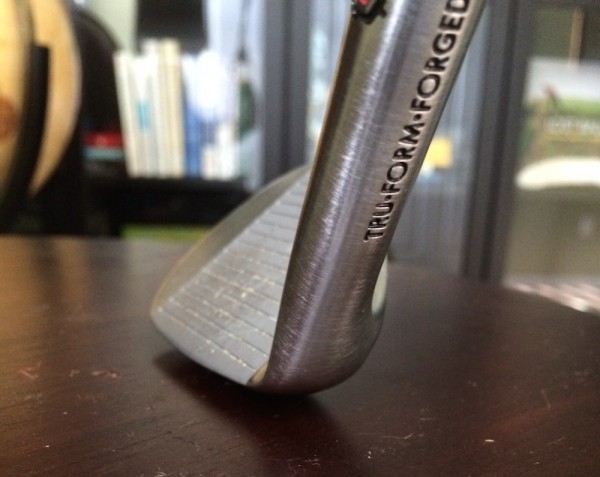
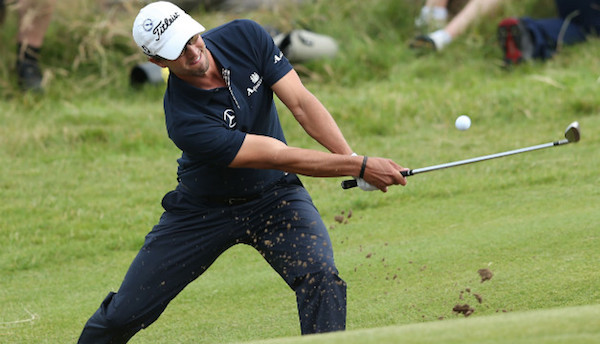
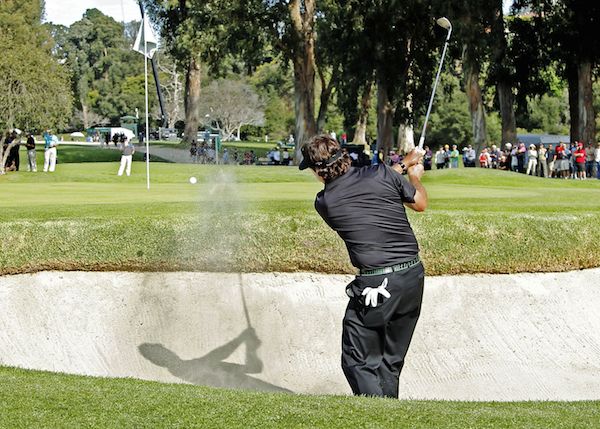


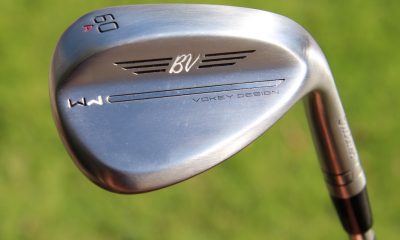

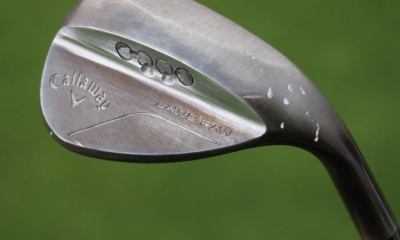

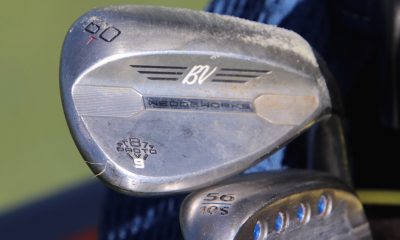

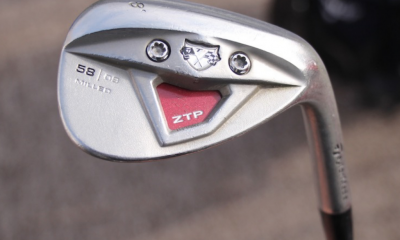

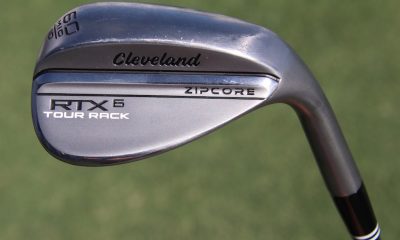

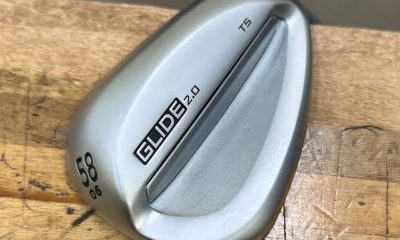














Winmac
Mar 8, 2014 at 10:23 pm
If you reverse pivot yourself in the bunker, you will likely hit a fat on fairways but in sand, it will work great.
Or just do a normal pitch shot, but collapse your right knee on downswing. That will make you hit behind the ball and make that bunker shot.
SN
Mar 6, 2014 at 10:15 pm
Thanks for a great article.
My worst enemy in bunker play is info-overload mind, though.
Lately I just have one swing thought, “Believe in the bounce (angle)”
Dennis Clark
Mar 7, 2014 at 8:37 am
Thats a good thought…speed might be another.
Dennis Clark
Mar 6, 2014 at 2:31 pm
you’re welcome; steep is the key and shallow is the enemy. If you have anything like an ascending angle, sand is tough!
Philip
Mar 6, 2014 at 2:09 pm
Thanks for a brilliant look at cause and effect on bunker play from different angles. This helps to explain why when I went from tending to fade/slice last season to drawing/hooking while trying to improve my swing that I suddenly started to struggle in the sand. I was at a loss as to why I was occasionally thinning bunker shots and in spite of my continued progress with my swing, I was nervous thinking about what to do this season. I’ll be marking this article for study and review later.
Once again, thanks!